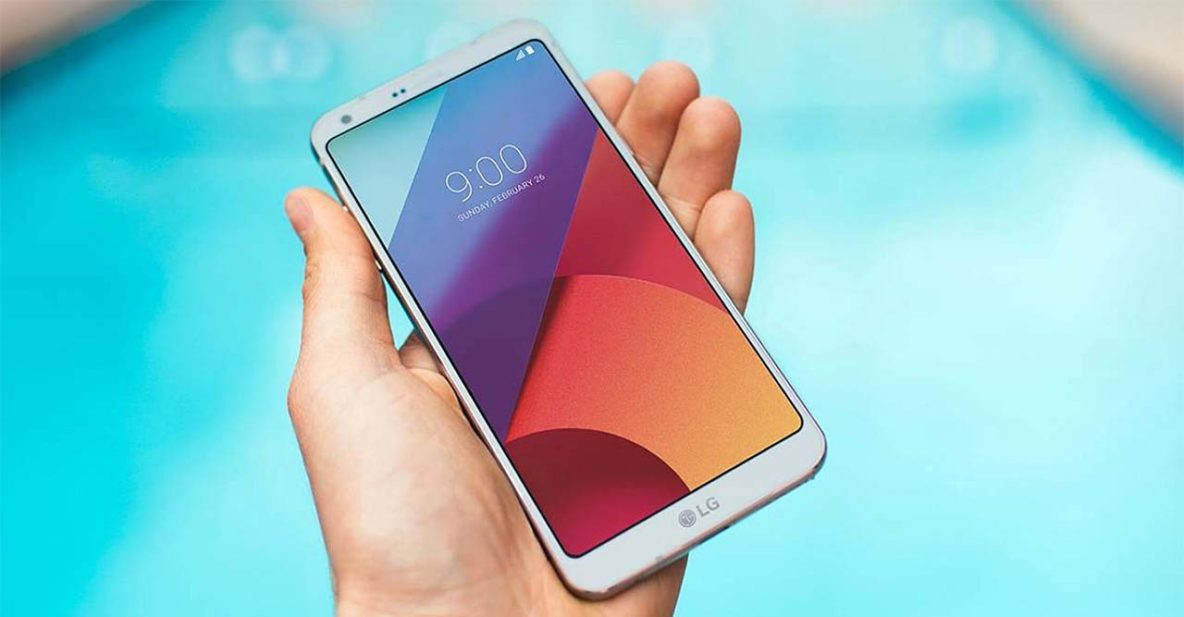And perhaps even answering the all-important question: Should high-end phone shoppers wait for the next iPhone or Galaxy flagship? LG is obviously campaigning for the answer to be “no,” and the LG G6 (click for complete specs) is its best, no-nonsense answer yet.
Whether or not it’s the answer remains to be seen, though the company has taken steps to right the ship, including scrapping the LG G5’s modular gimmick, in favor of a bigger, wider screen and waterproofing, which not only allows the clumsiest of users to fiddle with the G6 in the bathroom, but any beach-going person can shoot photos and videos without thinking about the consequences.
LG G6’s official product video
The LG G6’s IP68 certification is superior to the Apple iPhone 7‘s IP67, and equal to that on the Samsung Galaxy S7, among other handsets. In layman’s terms, that means the phone can be fully submerged in up to 1.5 meters of water for a maximum of 30 minutes, and live to tell the tale.
More about the display: The G6’s screen size isn’t all that impressive in 2017; it’s the aspect ratio of the screen that grabs the eye, sporting an 18:9 (or 2:1) picture size that’s a wee bit taller than what we’re used to, which is 16:9. In practice, the extra real estate isn’t necessary on a device of this size, but that hasn’t stopped LG from trumpeting it as if people should really take notice.
Sure, it could come in handy in the quest for the perfect shot for Instagram, and there are other use cases, too, such as when watching a movie or scrolling through Twitter. But a taller screen won’t always translate to a better experience.
What deserves more attention, actually, is that LG managed to fit a bigger screen (compared to last year’s model) into a compact form factor about the size of the G5, and much smaller than the iPhone 7 Plus and other big-screened handsets of years past. The bezels, extra-slim on all sides, are no bigger than they need to be. And the screen has curved corners to prevent it from shattering if the LG G6 falls on a hard surface.
What deserves more attention than the G6’s taller screen is that LG managed to fit a bigger display into a compact form factor about the size of the G5, and much smaller than the iPhone 7 Plus and other big-screened handsets of years past.
Another highlight is the dual-lens rear camera with two 13-megapixel sensors — one for wide-angle shots and the other for more traditional-looking photos. The front-facer, meanwhile, features a 100-degree lens for fitting more faces in the frame.
But here’s where things start to sour: The LG G6, as earlier reported, will ship with last year’s Qualcomm Snapdragon 821 system-on-a-chip with 4GB of RAM. By no means is that a bad pairing, but if you’re after the fastest, most cutting-edge silicon available — because speed is a priority for a lot of people — LG’s G6 won’t finish first. It won’t finish second or third, either.
But here’s where things start to sour: The LG G6, as earlier reported, will ship with last year’s Qualcomm Snapdragon 821 system-on-a-chip with 4GB of RAM.
However, it will come with Android 7.0 Nougat and Google Assistant (which, incidentally, will also be available on non-Pixel devices running Android Marshmallow and Nougat starting next week). So, yeah, from a software and hardware standpoint, the LG G6 and the Google Pixel are very much alike. Except Google’s pure Android smartphone is already out and has been for quite a while.
The G6? Who knows, LG hasn’t detailed the pricing and availability of the phone just yet, though it’s scheduled to arrive in its home country of South Korea in a few days, and then in other countries thereafter.
Share this Post



